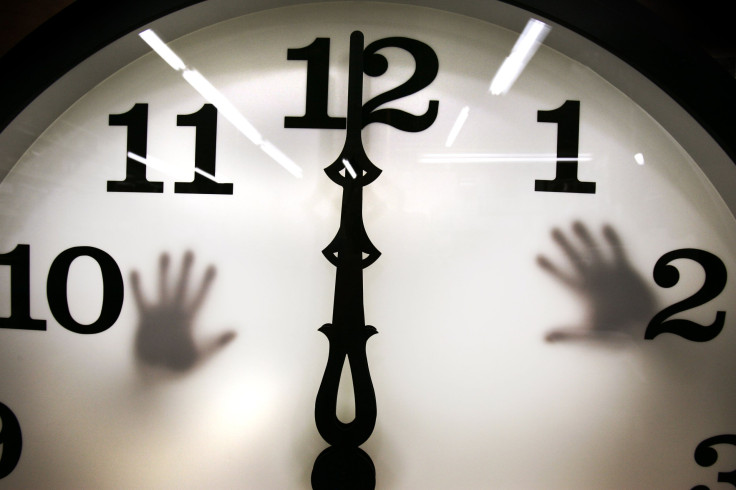When Is Daylight Saving Time 2020? Why We Change Clocks To Spring Forward

On March 8 at 2 a.m., Americans will once again turn their clocks ahead one hour, making the start of Daylight-Saving Time. Not only does this give many the opportunity to enjoy more daylight in the evening, but there are some interesting reasons why the U.S. mandates Daylight Saving Time in most states.
Not all states practice Daylight Saving Time as Arizona and Hawaii have opted out of the practice. Arizona reportedly opted out of Daylight Saving Time because officials have suggested that the hot weather in the state doesn’t warrant another hour of sunshine, and Hawaii doesn’t observe the practice as it doesn’t have much change in its daylight length from winter to summer, the York Daily Record reported.
Most of Indiana didn’t practice Daylight Saving time until 2005. Prior to the date, the state only had 16 counties that changed their clocks ahead. In addition to the U.S., nearly 70 countries mandate Daylight Saving Time.
While legislation was passed by Congress in 2007, Daylight Saving Time was really born from the Energy Policy Act of 2005. It was thought that the move of the clock would save energy as Americans would use less electricity in the daylight hours of the evening.
According to the Department of Energy’s (DOE) 2008 study, Daylight Saving Times saves about 0.5% in total electricity per day, which adds up to an electricity savings of 1.3 billion kilowatt-hours. This is the same amount of energy used by more than 100,000 households for an entire year, the DOE said.
The real idea of Daylight Saving Time goes back to the 18th century and has been suggested that Benjamin Franklin came up with it. During a visit to Paris in 1784, Franklin noticed that people tended to sleep late during the sunny mornings and use candles in the dark evenings. These candles seemed to be a waste to Franklin, who considered rising earlier to enjoy the daylight and cut down on overall candle use.
The notion of Daylight Saving eventually caught on with World War I. Germany was the first to turn its clocks ahead so it could keep its factories open longer, conserving on fuel. The practice was then adopted by the U.S. and England.
Energy consumption was a key factor in Daylight Saving Time as from 1942, and throughout World War II, clocks were set ahead to cut down on these costs, the DOE said.
© Copyright IBTimes 2025. All rights reserved.





















